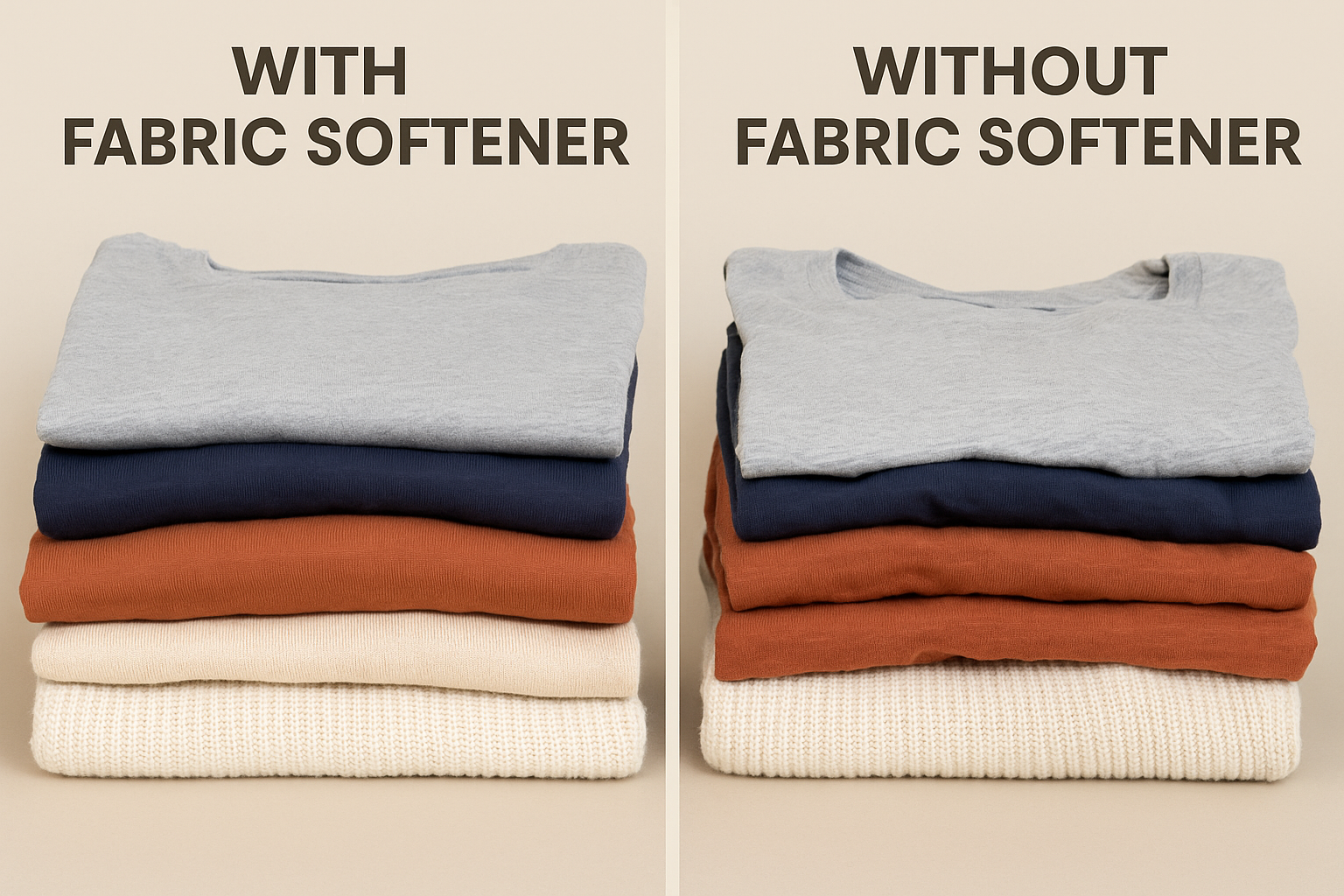Can Laundry Detergent Sheets Be Used with Fabric Softener?
In recent years, laundry detergent sheets have become a go-to choice for eco-conscious and convenience-driven households. But as more users make the switch, a common question arises: Can detergent sheets be used with fabric softener? The answer is yes—but with a few important considerations.
- What’s the Purpose of Fabric Softener?
Fabric softener is designed to:
-
Reduce static cling
-
Make clothes feel softer
-
Add a pleasant fragrance
-
Help prevent wrinkles
Many people enjoy the cozy, fresh-out-of-the-dryer feel that fabric softeners bring, especially for items like towels, bed linens, and delicate garments.
Compatibility: Laundry Sheets + Fabric Softener
 You can absolutely use laundry detergent sheets and fabric softener in the same wash, but it’s essential to use them correctly to get the best results. Here’s how:
You can absolutely use laundry detergent sheets and fabric softener in the same wash, but it’s essential to use them correctly to get the best results. Here’s how:
1. Follow the Right Order
Laundry sheets dissolve in water during the wash cycle, while fabric softener is designed for the rinse cycle. If you’re using a washing machine with a softener compartment, you’re all set—add the sheet with the clothes, and the softener in its designated tray.
If you’re hand washing or using a compact machine without compartments, remember:
-
Use the detergent sheet in the first wash
-
Rinse the clothes
-
Add fabric softener during a second rinse
2. Don’t Overload the Machine
To ensure both products perform well:
-
Leave space in the drum
-
Use only one detergent sheet per regular load
-
Avoid excess softener, as it may cause buildup on fabrics
3. Choose the Right Type of Fabric Softener
If you’re aiming for an eco-friendly laundry routine, opt for plant-based or biodegradable fabric softeners that align with your detergent sheet’s environmental goals.
When You Might Skip Fabric Softener
There are a few cases where you may want to skip the softener altogether:
-
Performance Fabrics: Workout clothes and activewear are designed to wick away sweat. Fabric softeners can coat these fabrics and reduce breathability.
-
Towels: Softener can reduce absorbency over time.
-
Allergies/Sensitive Skin: Even gentle softeners may contain fragrances or preservatives that could irritate sensitive skin.
In these cases, detergent sheets alone often provide sufficient cleaning without added products.
Natural Alternatives to Fabric Softener
Want a simpler, more natural approach? Try these alternatives:
-
White vinegar: Acts as a natural fabric softener and odor remover.
-
Wool dryer balls: Help reduce static and soften clothes without any chemicals.
-
Essential oils: Add a few drops to wool dryer balls or rinse water for a subtle scent.
These methods pair perfectly with detergent sheets and help maintain a minimalist laundry routine.
Final Thoughts: Convenience Meets Customization
Using detergent sheets and fabric softener together is not only possible—it’s often the best of both worlds. You get the clean efficiency of lightweight sheets with the softness and fragrance of your preferred conditioner. As long as you’re mindful of when and how to use each product, your clothes—and your washing machine—will thank you.





